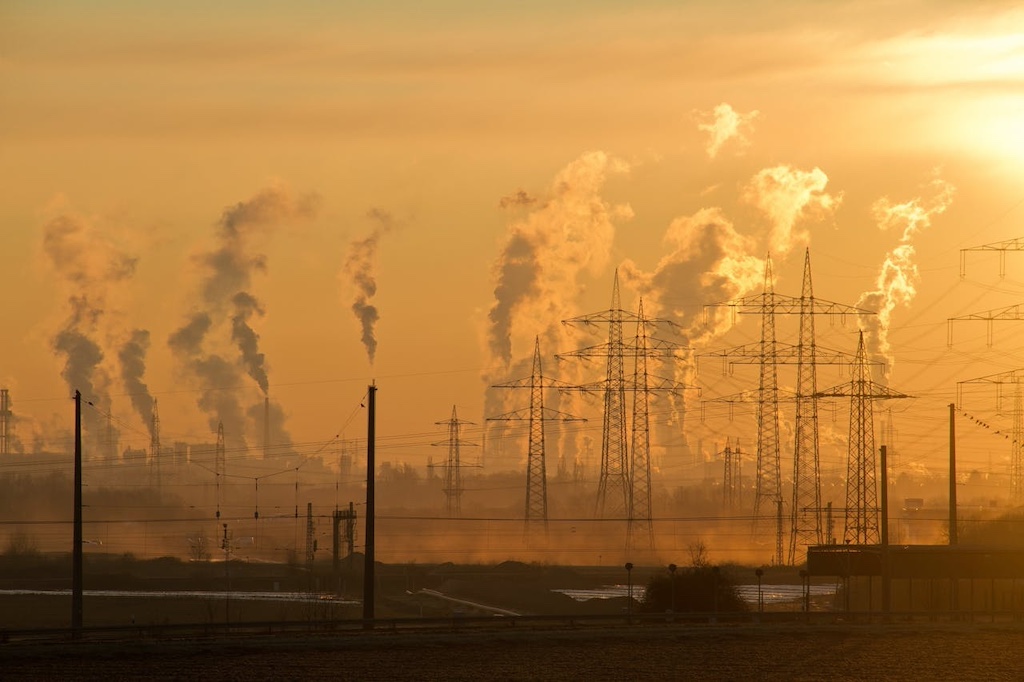Introduction
The vehicle emissions tax has become a hot topic in fiscal and environmental policy discussions in Indonesia. This policy aims to significantly contribute to state revenue while supporting efforts to reduce greenhouse gas emissions. Based on projections, implementing a vehicle emissions tax could generate up to IDR 92 trillion annually for the state budget. This article will discuss the potential state revenue from the emissions tax. It will also cover its purpose and impact. The policy affects both the transportation sector and the environment.
Potential State Revenue from the Emissions Tax
The proposed vehicle emissions tax is designed to increase state revenue while encouraging behavioral changes in the transportation sector. With the growing number of vehicles, especially in urban areas, carbon emissions have become one of the largest contributors to air pollution.
According to government data, implementing a vehicle emissions tax could generate up to IDR 92 trillion annually. This figure is based on the tax rate applied to vehicles based on their emission levels. The higher the carbon emissions, the higher the tax rate imposed.
Purpose of the Emissions Tax
In addition to boosting state revenue, the emissions tax aims to:
- Encourage the Use of Environmentally Friendly Vehicles The policy is expected to motivate people to switch to low-emission or electric vehicles.
- Reduce Air Pollution The emissions tax will raise awareness among users of conventional vehicles about the environmental impacts of emissions.
- Support Energy Transition Programs The emissions tax is part of a national strategy to reduce greenhouse gas emissions in line with the Paris Agreement commitments.
Implementation and Regulation of the Emissions Tax
The successful implementation of the vehicle emissions tax requires clear regulations and an effective system. The government plans to categorize vehicles based on their emission levels, calculated using standard parameters such as grams of CO₂ per kilometer.
Key points of the implementation include:
- Classification of Tax Rates Tax rates will vary based on vehicle type and age. Older vehicles, typically emit more will be subject to higher tax rates.
- Integration with Vehicle Registration Systems Tax payments will be integrated into motor vehicle registration systems to ensure compliance among vehicle owners.
- Monitoring and Enforcement The government will collaborate with various agencies, including the police and the Ministry of Transportation, to ensure the smooth implementation of this policy.

https://www.pexels.com/photo/industrial-chimney-emitting-smoke-under-blue-sky-30342791/
Impacts of the Emissions Tax
The implementation of the emissions tax is expected to have significant impacts on the economy, environment, and society.
- Economic Impact Increased state revenue from the emissions tax can be allocated to support renewable energy programs and develop environmentally friendly infrastructure.
- Environmental Impact This policy will reduce air pollution levels in urban areas and minimize the transportation sector’s contribution to climate change.
- Social Impact With the emissions tax in place, the public will become more aware of the importance of reducing their carbon footprint, either by choosing environmentally friendly vehicles or using public transportation.
Conclusion
The implementation of the vehicle emissions tax is a strategic step for Indonesia in addressing environmental challenges and fiscal needs. This policy could generate up to IDR 92 trillion annually. It boosts state revenue and supports the shift to green energy. Additionally, it helps reduce carbon emissions.
Proper implementation and clear regulations will be key to the success of this policy. For businesses and the public, this presents an opportunity to contribute to creating a cleaner environment while supporting sustainable development. With this move, Indonesia takes a step closer to achieving its commitments to balancing economic, social, and environmental sustainability.
Read other Articles: Luft Blue’s Role in Fulfilling Emission Regulations in Indonesia





